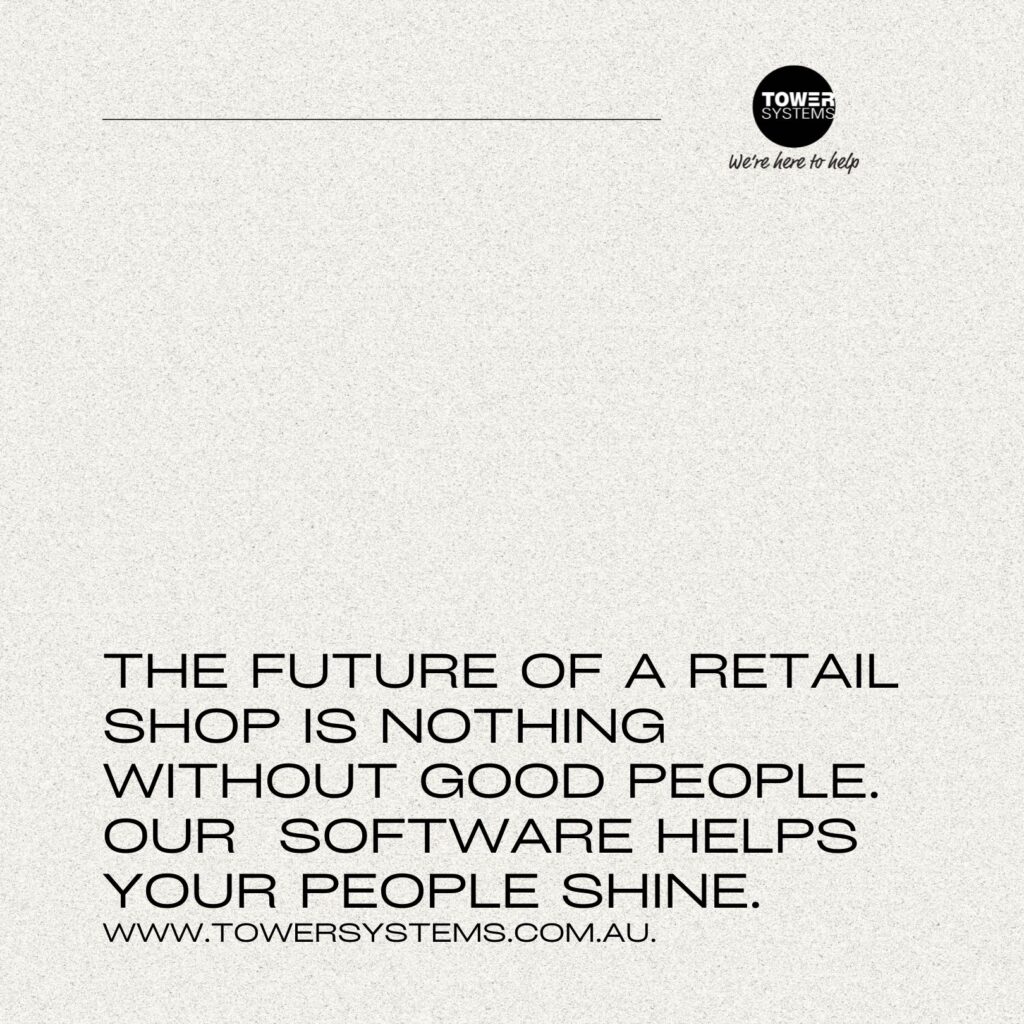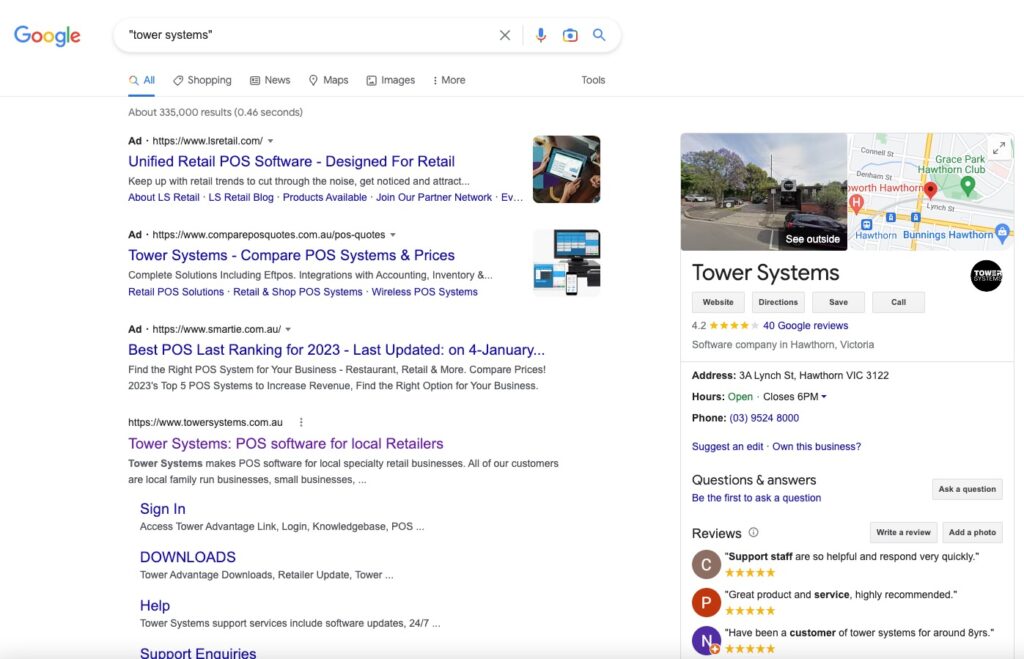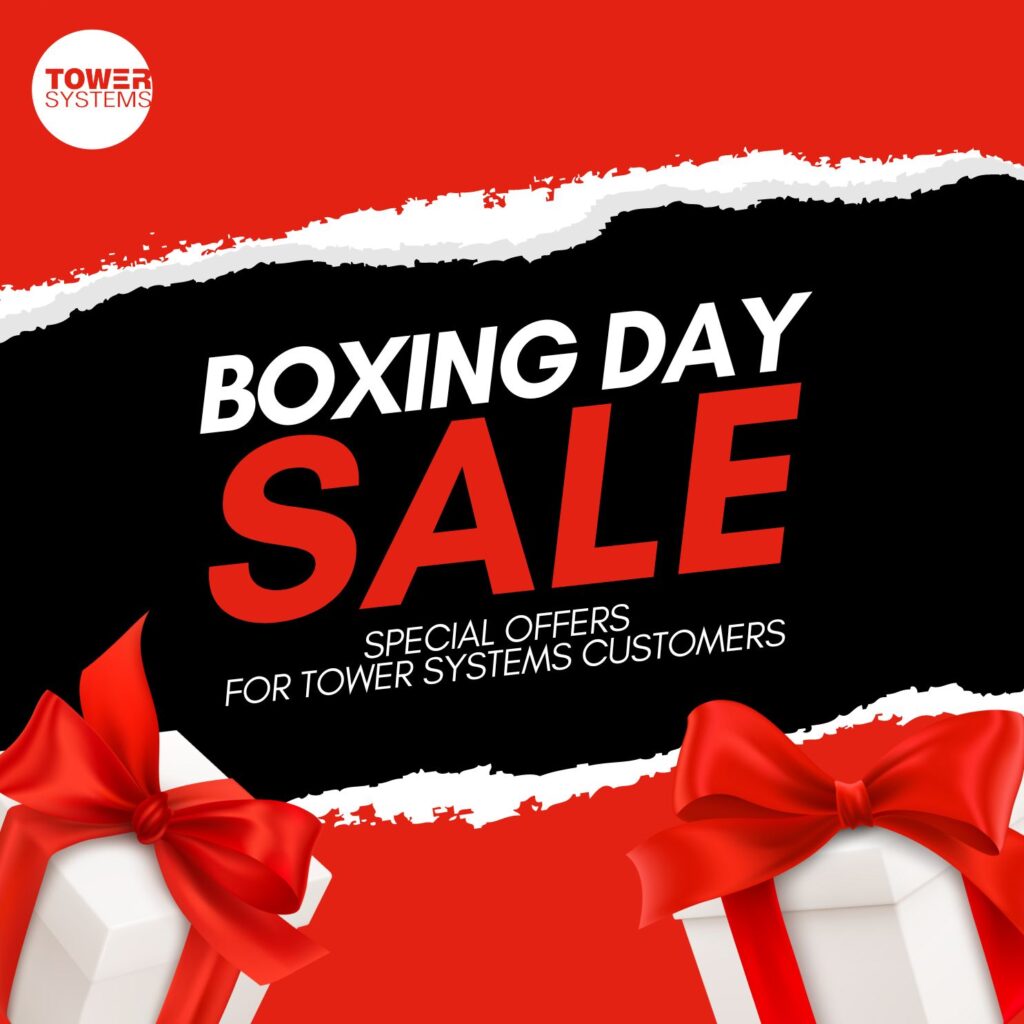The retiree (or seniors) marketplace can be lucrative for many different types of retail stores. They tend to be loyal and engaged in word of mouth marketing about good retail experiences. They can also be flexible about when they shop and this is where a retail business can really leverage the opportunity. They also network, leading to valuable word of mouth
Before you can market any retiree service or benefit you need to develop a plan for handling the opportunity. What products will be offered and at what special prices? The most common approach is to offer a flat discount to retirees, or seniors as they are called in some marketplaces. This discount is usually between 5% and 10%.
Price is important to the seniors marketplace since they either have a fixed income or are living off finite savings. They like businesses which help them save money.
You will also need to decide when the discount or other offer is available. Some businesses make the offer available only on certain days, usually the quietest days of the week. Others offer access to the benefits all the time. Think carefully about the needs of the business before deciding when you will provide access to the benefits – focus on the business outcome you want to achieve.
In terms of accessing the benefit, it is common and fair to ask for some form of proof of eligibility. This could be in the form of a drivers license or a seniors card as is available in some locations. This is a card usually issues by local government. Sometimes, it is issued by residences.
An alternative is to create your own retiree / seniors card for use in promoting the business. These should be professionally designed and produced. Ensure that such a card is respectful and something these customers would proudly carry. Design the card so that it promotes the benefits you offer – so that it is an extension of your marketing program.
Whatever method you use to identify your retiree customers, it has to be simple to use at the counter for processing the appropriate discount.
To market a business to retirees consider these options:
- Train employees to offer the discount or other benefits to someone who looks eligible. While this could cause embarrassment, it could also extend the word of mouth around the offer.
- Promote to retirement villages in the local area.
- Advise local government authorities that you offer a benefit to retirees.
- Contact local clubs and organisations likely to connect with retirees.
- Promote the benefits in-store and in your business newsletter. You want to spread your offer as far and wide as possible, so that retirees beat a path to your door.
- Visit local retirement residences and offer assistance.
- Advertise in trailer parks.
- Look up clubs the Internet – there are plenty of groups, clubs and forums for older folks travelling around. They share tips about places they like.
The value of the retiree market to your retail store will depend on the value of the offer available to them and how widely you promote this. While some retailers see retirees as a chore others see a business opportunity.






Recent Comments